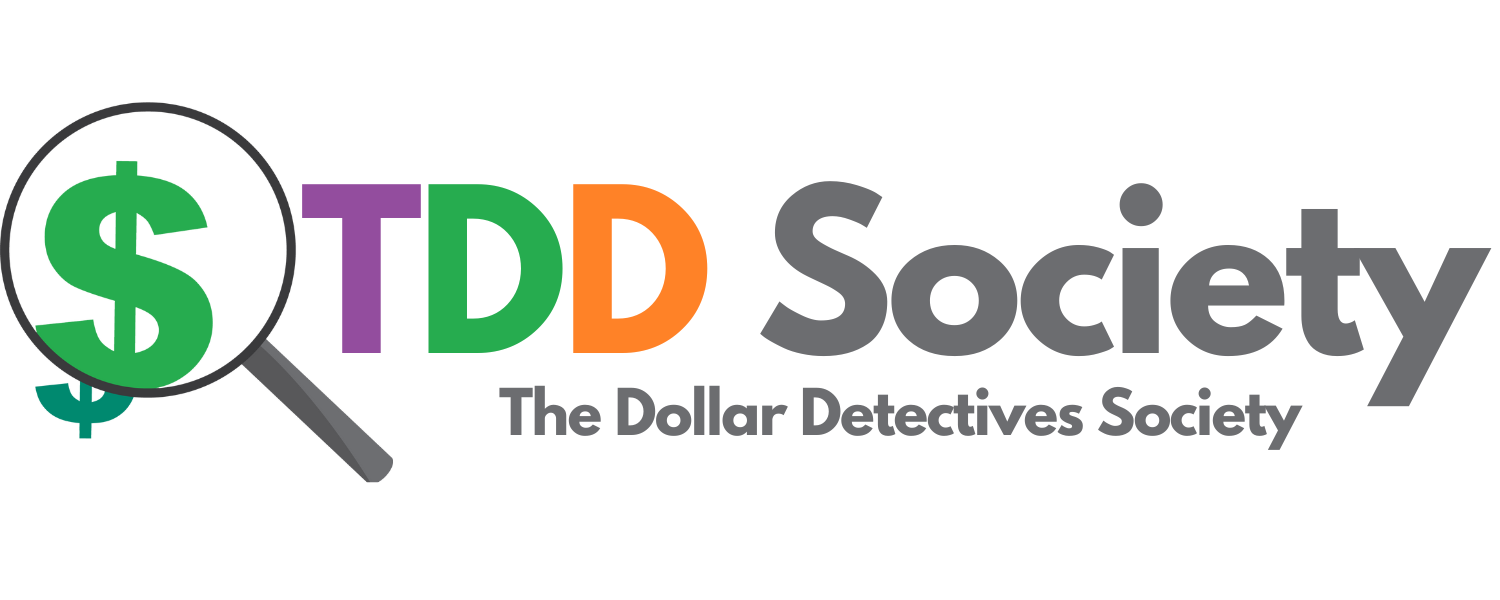The halfway point of the year is a natural opportunity for small businesses and non-profits to pause, reflect, and recalibrate. Whether you’re a local bakery, a tech startup, or a community organization, a mid-year financial review is invaluable for staying agile, maximizing resources, and setting the stage for a strong finish to the year.
Below are five key areas to focus on during your mid-year check-up, with practical steps to help you assess progress and plan ahead.
1. Review Your Financial Health
Analyze Core Financial Statements: Examine your income statement, balance sheet, and cash flow statement. Compare your actual results to your budget and forecasts to spot variances and understand your financial position.
Assess Cash Flow: Cash flow is the lifeblood of any organization. Identify patterns, anticipate shortfalls, and ensure you have enough liquidity to cover operations and unexpected expenses.
Check Revenue Streams: For businesses, are all product or service lines profitable? For non-profits, which fundraising campaigns or grants are performing well? Identify underperforming areas and explore new opportunities.
2. Revisit and Adjust Your Budget
Update Your Budget: Account for any large, one-time, or unplanned expenses that have occurred. Adjust projections for the remainder of the year to reflect new realities.
Track Spending: Ensure that you’re not overspending in any category, and look for areas where costs can be trimmed or redirected for greater impact.
Monitor Grant and Fund Restrictions: For non-profits, double-check that restricted funds are used appropriately to maintain donor trust and compliance.
3. Evaluate Debt and Tax Strategies
Review Debt Repayment: Take stock of outstanding debts and interest rates. If you have extra cash, consider paying down high-interest loans to reduce future costs.
Assess Tax Position: Work with your accountant or advisor to review your current tax strategy. Adjust estimated tax payments if revenues are higher than expected and explore credits or deductions that may reduce your liability.
Plan for Future Obligations: Anticipate upcoming tax payments or debt maturities to avoid surprises later in the year.
4. Strengthen Risk Management and Internal Controls
Check for Fraud and Errors: Regularly review transactions and internal controls to catch any suspicious activity or mistakes early.
Review Insurance Coverage: Ensure your insurance policies are up to date and provide adequate protection for your organization’s needs.
Assess Operational Risks: Identify any new risks that have emerged and update your risk management strategies accordingly.
5. Reassess Goals, Strategy, and Stakeholder Communication
Revisit Organizational Goals: Evaluate progress toward your annual objectives. Adjust strategies to reflect changing circumstances or new opportunities.
Engage in Strategic Planning: Involve your team, board, or key stakeholders in reviewing and updating your strategic plan for the remainder of the year.
Communicate Transparently: Share mid-year results, challenges, and plans with staff, donors, customers, or community members to maintain trust and engagement.
Your Next Step
A mid-year financial check-up is more than a routine review— it’s a strategic opportunity to strengthen your small business or non-profit for the road ahead. By assessing your financial health, revisiting your budget, managing debt and taxes, reinforcing risk controls, and refining your goals, you can position your organization for greater resilience and impact.
Use this moment to pause, recalibrate, and move into the second half of the year with clarity, confidence, and renewed focus.
